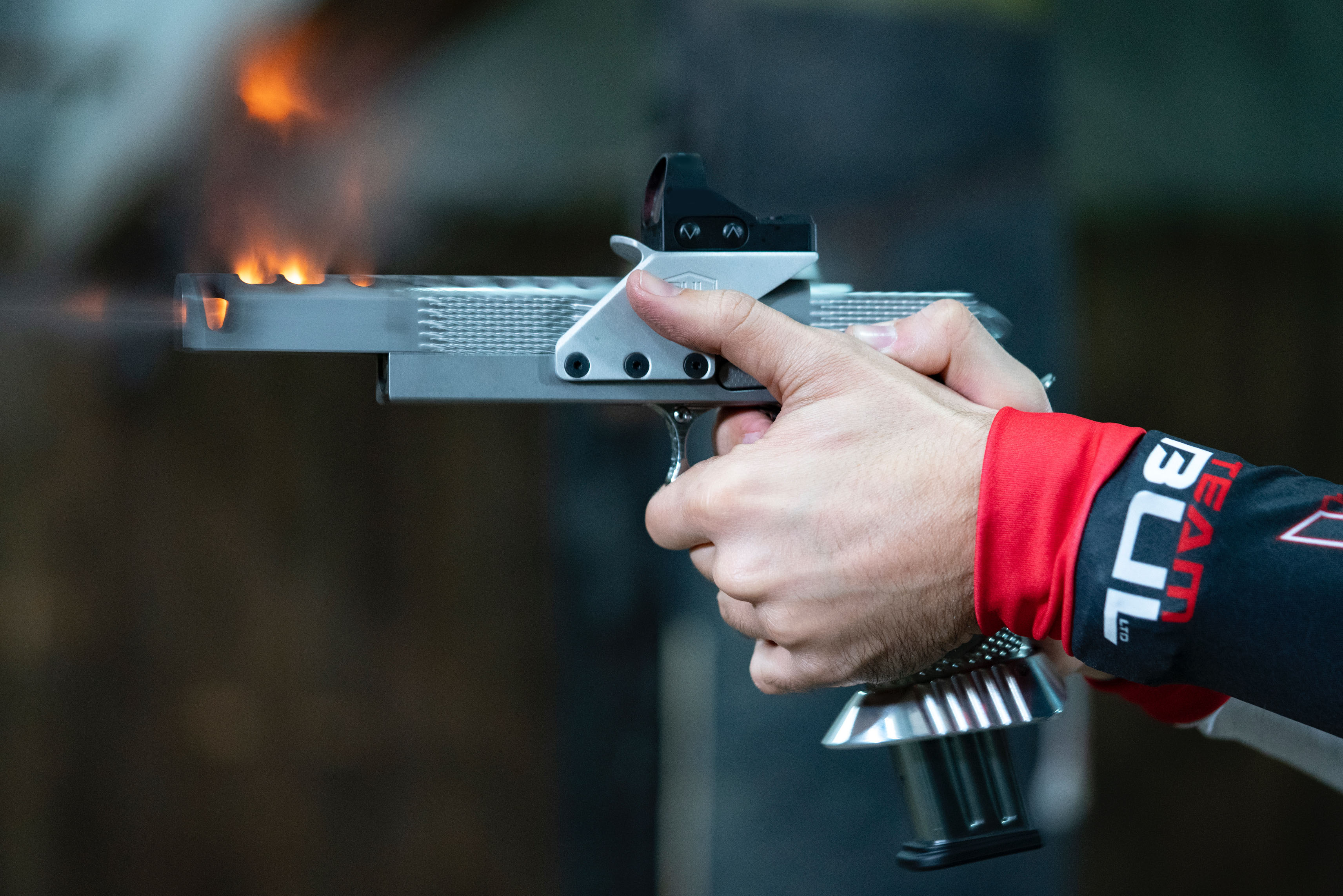Speed is an important physical quality in the practice of any sport. The speed of movement in sports activities is paramount, since its effectiveness depends to a large extent on the speed with which it is executed. It is the physical quality that allows motor actions in the shortest possible time. In this modality we can distinguish different kinds of speed: reaction speed, movement speed and firing speed.
Rather than getting into too much detail on reaction speed, I will briefly talk about how we can improve our overall speed. The speed is another basic pillar of the practical shooting sports, and it is useless to shoot too many “A’s” if we cannot get a good time. Therefore, we must train our speed so that we improve the speed of our movements, shooting, and reaction time.
The running distances in practical shooting are often short, usually between two and seven meters, so our training should focus on exercising our muscles to adapt to this type of movement. We must perform anaerobic exercises to increase the fast fibers of our muscles such as running at high speed for short distances between 30 and 60 meters, from three to seven repetitions with full recovery in-between reps. At the shooting range, we can run short distances between positions at maximum speed, taking two shots at a target in the final position.
The reaction time can be exercised with immediate exits from different positions. Training the speed of the draw with the timer is also a good way to improve the reaction time as we accustom our brain to respond immediately to a stimulus.
There are two areas to work on improving shooting speed with practice: the transitions between targets and the split time between two shots on the same target. The first can be trained in dry fire with direction changes left, right, up and down. We must always try to gain speed in changing directions as fast as possible, but we must soften the arrival to the next target. If we are too rough, the inertia will make us drag the shot, and therefore err.
The split is the time between the two shots that each target requires. We can also train it in dry fire, although it will be more difficult to assess results if we do not practice enough in live fire. In live fire, you must also control the recoil.
Exercise: Shoot two shots per target. Two targets, one at 25 meters and one at five meters (two repetitions, far / near- near / far), two targets at 10 meters with a no-shoot, 45-degrees apart (two repetitions, left / right-right / left).

